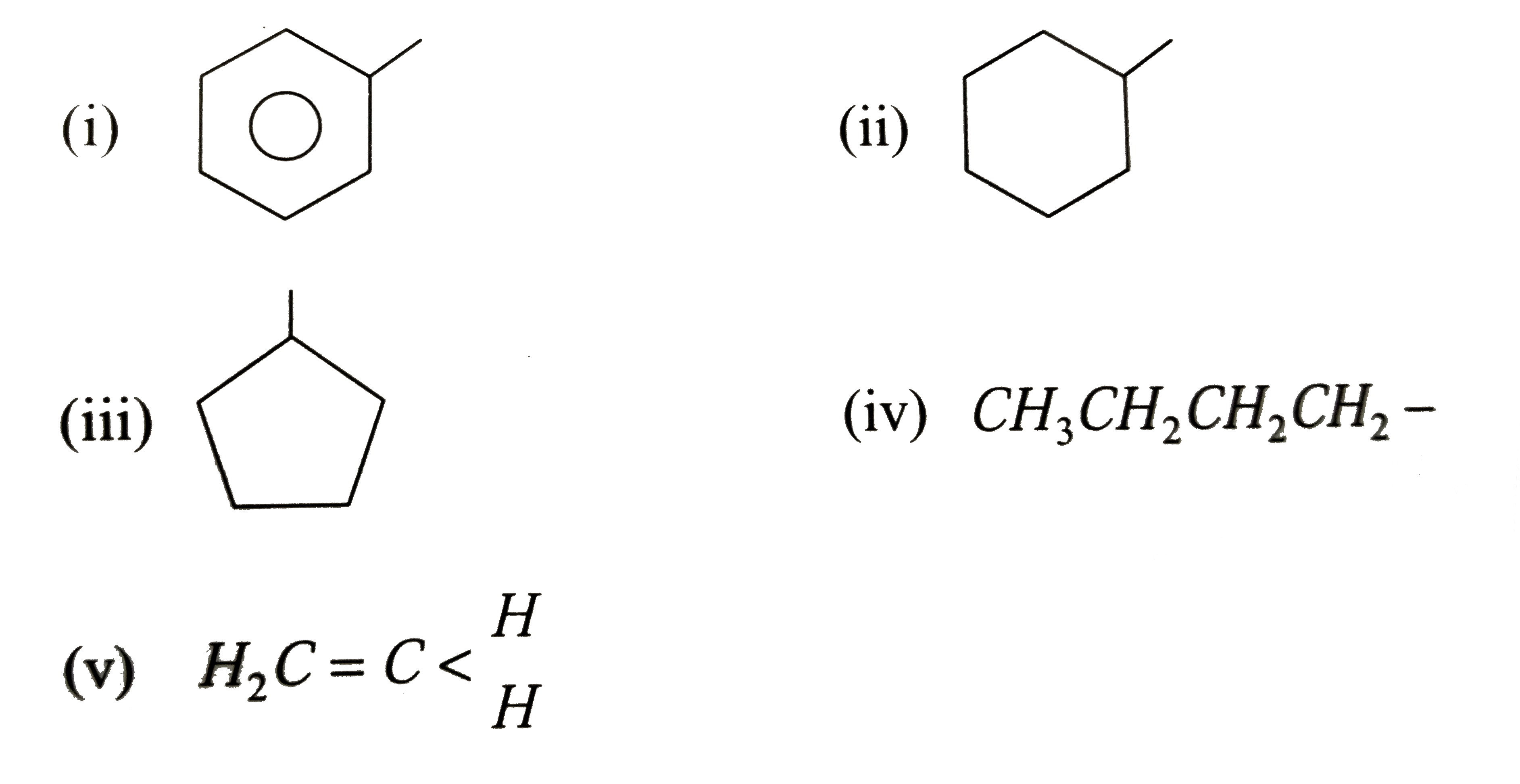Bat and insects have no common ancestry but both have functional wings for flight. This adaptation for aerial life indicates
Adaptive radiation
Divergent evolution
Convergent evolution
Microevolution
Step-by-Step Solution:
1. Understanding the Question: The question states that bats and insects have functional wings for flight but do not share a common ancestry. We need to determine what this indicates in terms of evolutionary biology.
2. Identifying the Types of Evolution:
- Adaptive Radiation: This involves the evolution of different species from a common ancestor in response to different environmental challenges. Example: Darwin's finches.
- Divergent Evolution: This occurs when two or more related species become more dissimilar over time, often due to different adaptations to their environments. This is characterized by homologous structures that indicate a common ancestry.
- Convergent Evolution: This is when unrelated species develop similar traits or adaptations due to similar environmental pressures, leading to analogous structures that serve similar functions but do not share a common ancestry.
- Microevolution: This refers to small evolutionary changes within a species or population, typically over a short time scale.
3. Analyzing the Case of Bats and Insects:
- Bats are vertebrates, while insects are invertebrates, indicating they do not share a common ancestor.
- Both have developed wings that allow for flight, but these wings are structurally different (bat wings are made of bone and skin, while insect wings are made of chitin).
4. Determining the Correct Evolutionary Concept:
- Since bats and insects do not share a common ancestry but have developed similar adaptations (functional wings), this is an example of convergent evolution.
- The wings of bats and insects are analogous structures because they perform the same function (flight) but are derived from different evolutionary paths.
5. Conclusion: The adaptation for aerial life in bats and insects indicates convergent evolution.
- Adaptive Radiation: This involves the evolution of different species from a common ancestor in response to different environmental challenges. Example: Darwin's finches.
- Divergent Evolution: This occurs when two or more related species become more dissimilar over time, often due to different adaptations to their environments. This is characterized by homologous structures that indicate a common ancestry.
- Convergent Evolution: This is when unrelated species develop similar traits or adaptations due to similar environmental pressures, leading to analogous structures that serve similar functions but do not share a common ancestry.
- Microevolution: This refers to small evolutionary changes within a species or population, typically over a short time scale.
- Bats are vertebrates, while insects are invertebrates, indicating they do not share a common ancestor.
- Both have developed wings that allow for flight, but these wings are structurally different (bat wings are made of bone and skin, while insect wings are made of chitin).
- Since bats and insects do not share a common ancestry but have developed similar adaptations (functional wings), this is an example of convergent evolution.
- The wings of bats and insects are analogous structures because they perform the same function (flight) but are derived from different evolutionary paths.
Topper's Solved these Questions
Similar Questions
Bat and insects have no common ancestry but both have functional wings for fight.This adaptation for aerial life indicates
View SolutionExamine the following common chemical structures to which simple functional groups are often attached

Which of these systems have essentially planar geometry
View Solution
Knowledge Check
[A]: Homologous organs are similar in basic structure and embryonic origin, but serve dif- ferent functions.
[R]: Similarity in basic structure points to common ancestry whereas diversity in func- tion reflects adaptation to different modes of life.AIf both A and R are true and R is the correct explanation of ABIf both A and R are true but R is not the correct explanation of ACIf A is true and R is falseDIf both A and R are falseRead the following five statement (A to E) and select the option with all correct statements:
(A) Analogy indicates common ancestry.
(B) All the existing life forms share similarities and share common ancestors.
(C ) Conventional religious literature supports the theory of special creation.
(D) Sweet potato (root modification) and potato (stem modification) is na example for homology.
(E) Fossils are remains of hard parts of life-forms found in rocks.A(A), (D) and (E)B(B), (C ) and (E)C(A), (C ) and (D)D(A), (B) and (D)Assertion : Homologous organs have common ancestry and similar function.
Reason : Analogous organs have unlike origin and dissimilar function.AIf both the assertion and the reason are true and the reason is a correct explanation of the assertionBIf both the assertion and reason are ture but the reason is not a correct explanation of the assertionCIf the assertion is true but the reason is falseDIf both the assertion and reason are false
How many of the given statements are incorrect ?
I. The Universe is almost 20 billion years old.
II. Analogy indicates common ancestry.
III. When adaptive radiation has occurred in an isolated geographical area, one can call this convergent evolution.
IV. Natural selection is based on certain observations which are factual.
V. Hardy-Weinberg principle says that allele frequencies in area are unstable.
View SolutionAssertion:Human and great apes have a common ancestry.
Reason:Man and chimpanzee have similar banding pattern of chromosomes number 3 and 6
View SolutionAssertion:Human and great apes have a common ancestry.
Reason:Man and chimpanzee have similar banding pattern of chromosomes number 3 and 6
View SolutionAssertion : All primates have a common ancestry.
Reason : The most primate was shrew like animals.
View SolutionBeing all mammals, whale, dolphins, bat, monkey and horse have some common character but they also show conspicuous differences. This is due to phenomenon of
View Solution
